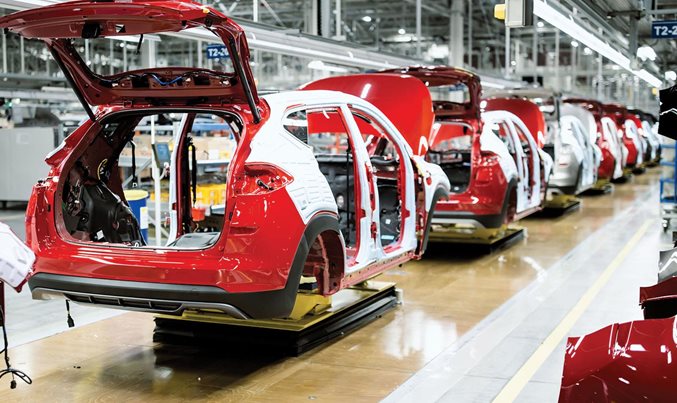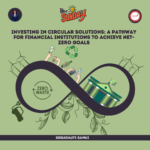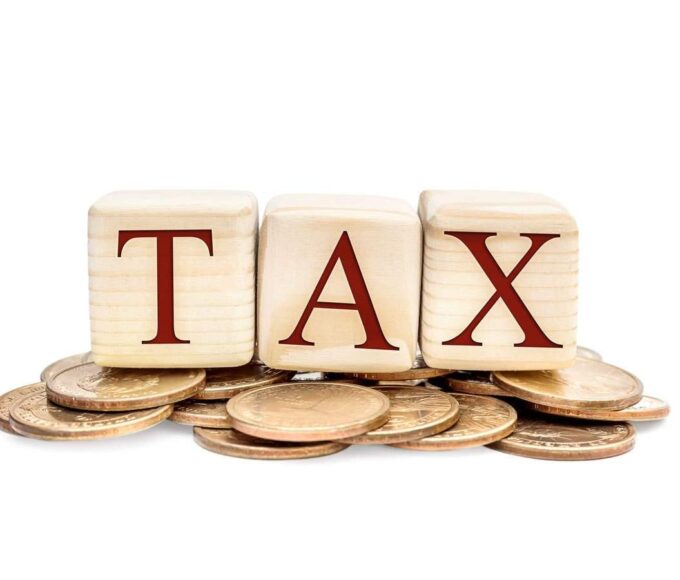
The Union Budget 2023, presented by the Honourable Finance Minister on February 1st, has created ripples across various sectors of the Indian economy. The automobile industry, in particular, has been keeping a close eye on the budget as it holds a crucial role in shaping the country’s growth and employment. In this article, we will delve into the impacts of the Union Budget 2023 on the automobile sector and analyse how it will shape the future of the industry.
The Expectation:
To start, we will evaluate the expectations of the automobile industry prior to the release of the budget. The automotive industry usually expects measures in the Union Budget to support the growth and development of the sector. This can include measures such as tax incentives for manufacturing and research and development, support for the adoption of electric vehicles, and infrastructure development to improve supply chain efficiency. Additionally, the industry may expect the government to address challenges such as increasing input costs, declining demand, and stricter emissions and safety regulations. Overall, the automotive industry would like the Union Budget to provide a conducive environment for the growth and development of the sector. A few expectations were,
Access to finance: The industry may expect measures to make financing easier and more accessible, such as lower interest rates, easier loan terms, and tax incentives for investment in activities such as manufacturing of batteries, flex-fuel engines, hybrid technology etc.
Promoting Trade: Revising the method for computing FOB pricing to consider factors like, size, volume, or energy efficiency of the products. Encourage the formation of additional free trade agreements to foster greater global trade and improve market access for businesses.
Vehicular Safety & Electronic Vehicle Loadout: Policy changes, infrastructure and R&D development to create a clear and comprehensive framework for the adoption of EV and other related infrastructure.
The Budget 2023:
The Union Budget 2023 included several announcements related to the automotive industry. In this budget, the government highlighted its plans to support the growth and development of a greener sector, with a focus on promoting electric vehicles, boosting local manufacturing, and improving infrastructure. The following are the key measures and initiatives announced in the budget that will impact the automotive industry.
Firstly, by raising the tax threshold, citizens will have more disposable income, potentially boosting demand in the automobile consumer product market, especially in the 2-wheeler and lower-end segments. This can indirectly spur demand and entice a large industry that contributes to 7.1% of the country’s GDP.
The recent reduction in customs duty on lithium-ion cells from 21% to 13% and the extension of subsidies on electric vehicle (EV) batteries for an additional year are expected to drive demand for EVs. Additionally, the government has pledged funds to close the viability gap for battery storage systems with a 4,000 MWh capacity. The government is encouraging the production and usage of alternative fuel vehicles, including EVs, with a focus on green mobility. For the fiscal year 24 the budgetary allotment for the FAME-2 scheme, which was initially announced with an INR 10,000 crore investment, has now been doubled. This change is likely to spur growth in the electric vehicle industry, encouraging manufacturers to expand their product offerings. Moreover, this opens the economy to foreign technology and positions India as a promising player in the global electric vehicle manufacturing and export market.
From an infrastructure standpoint, the government has identified numerous transport infrastructure projects aimed at improving last-mile connectivity for ports, coal, steel, fertilizer, and food grain sectors, with a total investment of INR 75,000 crores. This includes INR 15,000 crores from private sector investors. This would seek to trigger the demand for commercial vehicles and production vehicles such as tractors, carriers & machinery in both rural and semi-urban locations.
Carbon & Hydrogen Economy: The government has induced large sums to the tune of 19,700 crores (Hydrogen Mission) – 35,000 crores (Net Zero carbon initiatives) with a focus on clean energy transition and low carbon intensity. This seems highly attractive on paper It is difficult to say if India is on track with its carbon reduction goals as it depends on several factors. The implementation of these resources is key to achieving future carbon goals.
With regards to Fuel, emphasis was laid on ethanol blending. The blending of ethanol is touted to not only reduce environmental harm but also provide a source of additional income for sugar cane farmers. This initiative is a step towards India’s goal of achieving energy independence. Custom duty exemption on denatured ethyl alcohol will facilitate cleaner production and reduce the carbon footprint immensely.
The focus was also brought to the Scrappage policy, which was initiated in previous budgets (21-22). More funds were allocated along with support to the state government on such a policy. The Vehicle Scrappage Policy is aimed at replacing older, unfit vehicles on Indian roads with new, eco-friendly vehicles. The program’s primary objective is to phase out polluting vehicles and reduce the country’s carbon footprint.
However, there were a few perspectives that the budget may have adverse impacts on the automobile industry,
Room for Improvement:
The government has proposed raising taxes on completely built units (CBUs) from 60% to 70% and on semi-knocked-down units from 33% to 35%. (SKD). On one hand, this may increase the potential for “Make In India” but the luxury segment business end of the sector is the most hit. Although car manufacturers are slowly switching production to local facilities, foreign production and imports may reduce leading to a decline in trade, which can either help the local automobile players or prove to be detrimental from a global standpoint for the Indian players within this space. Hybrid Vehicles which promote green mobility and offer optimal utilization of fuel as well as offering high mileage are considered as luxury goods and are taxed at a whopping 43% which contradicts the movement towards a greener future.
A uniform taxation policy was also in demand by the auto sector which didn’t meet expectations, as various hassles emerge having a dual-rate (18% & 28%) in the component market space. To avoid these taxes, spurious products flow into the industry with the intent to avoid such taxes.
A hike in basic customs duty on compounded rubber was also announced in the Union Budget, this increase could lead to a rise in the cost of production and affect price competitiveness. The basic customs duty rate on compounded rubber is being increased from 10% to ‘25% or Rs 30/kg whichever is lower.
The Verdict:
Overall, the 2023 budget is expected to provide a fillip to the automobile industry, particularly in the areas of electric vehicles and road infrastructure. With regard to the expectations of the Automobile industry, most needs have either been met or initiated where the pros outweigh the cons. This year’s budget focused on a greener future, inculcating schemes to promote cleaner energy, fuels and production. The beauty however lies in the execution and how each section of this budget is to be implemented accordingly. The focus also lied on making India more self-sufficient to lower our foreign dependency and create a trade surplus through exported to the globe.
-Editor
Aaron Cardozo

















Leave a comment